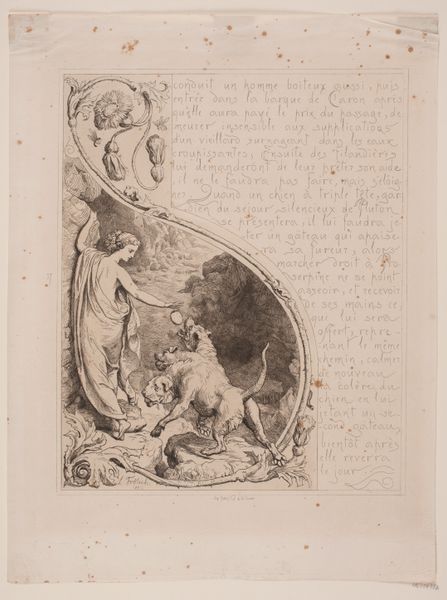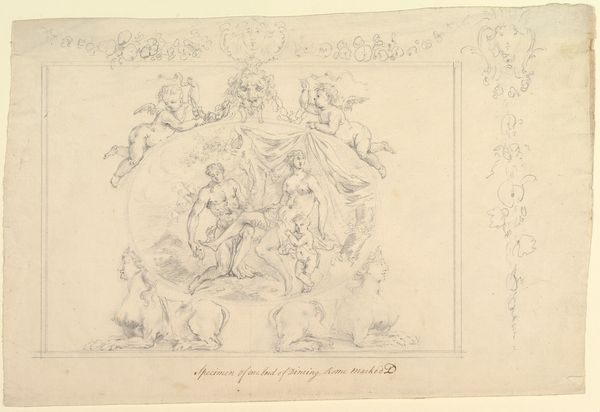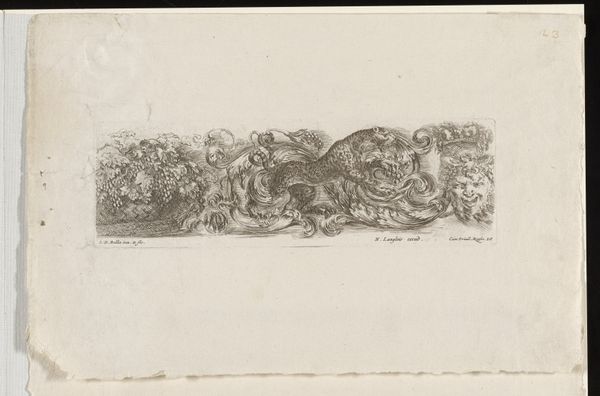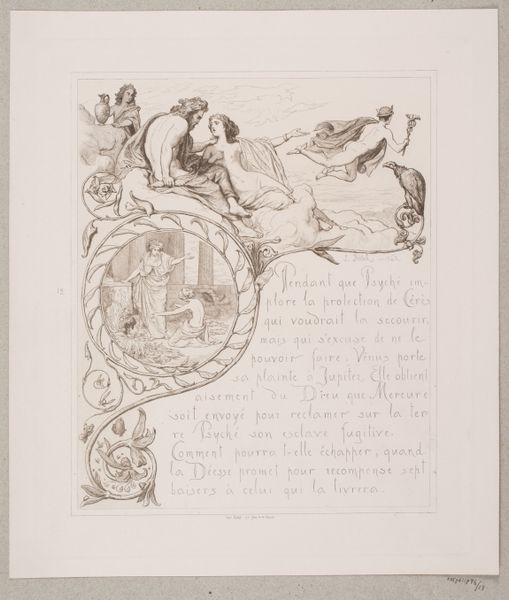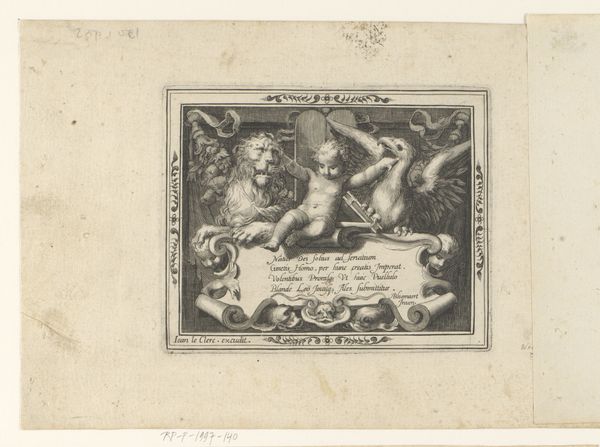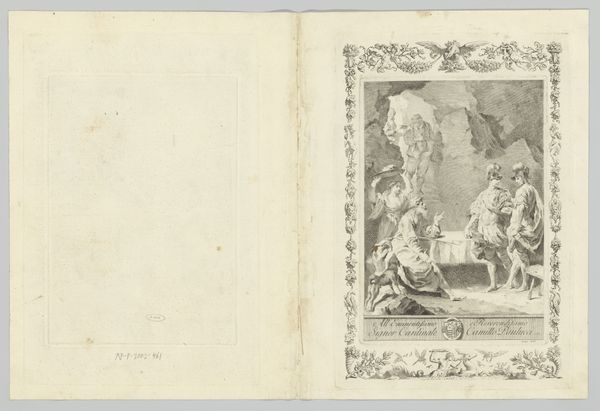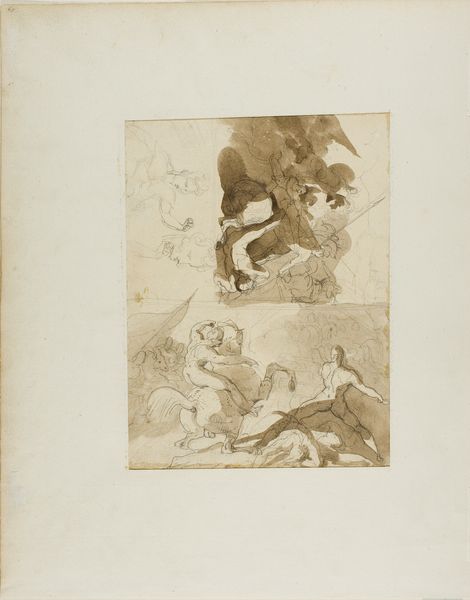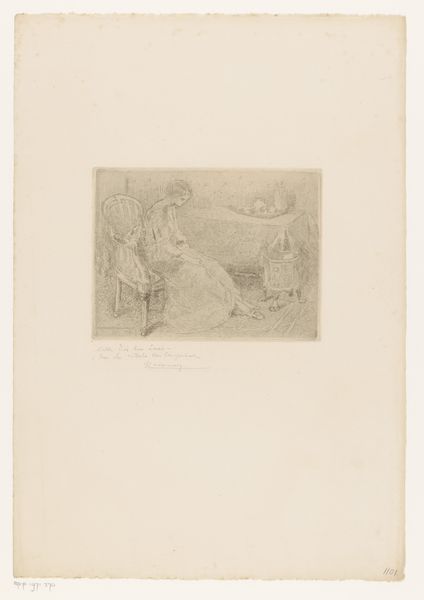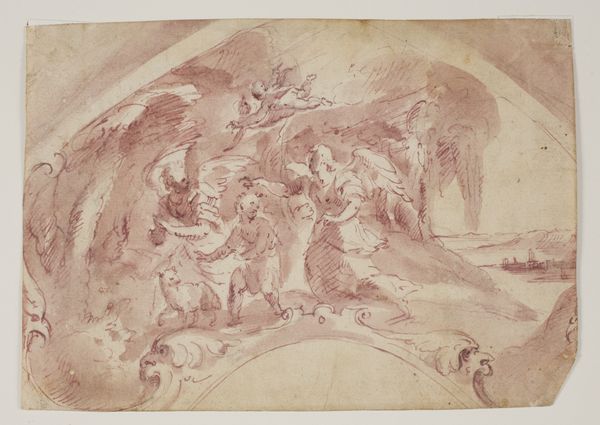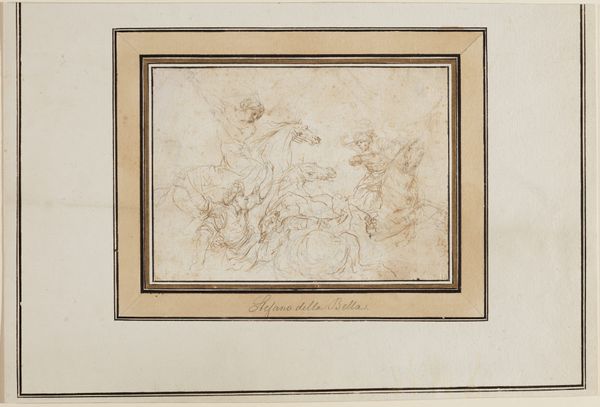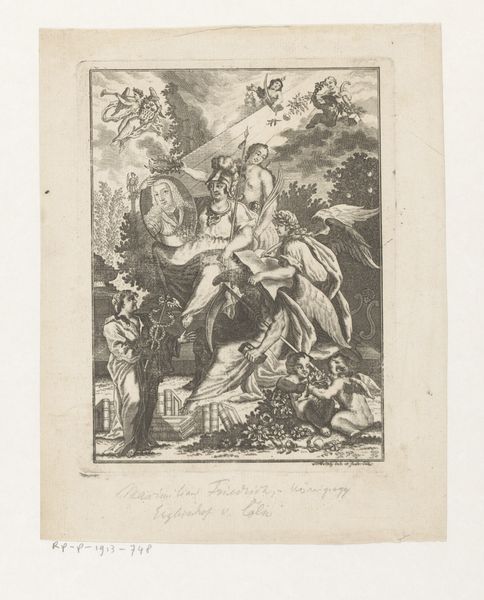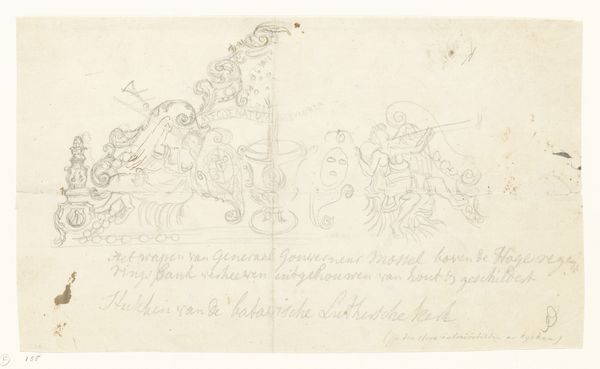
drawing, ink, pencil, chalk, architecture
#
pencil drawn
#
drawing
#
baroque
#
landscape
#
figuration
#
ink
#
coloured pencil
#
pencil
#
chalk
#
architecture
Copyright: Public Domain
This drawing of a Neptune fountain was made by Abraham van Diepenbeeck sometime between 1596 and 1675. In the 17th century, depictions of fountains, especially those featuring Neptune, were common displays of wealth and power, associating the commissioner with dominion over the seas. But the personal is also political; Diepenbeeck lived in Antwerp during a period marked by religious and political conflict between the Protestant Dutch Republic and the Catholic Spanish Netherlands. As such, his choice to depict classical, mythological themes, rather than overt religious subjects, may reflect his artistic strategies in a world of shifting religious and political identities. Neptune, the Roman god of the sea, was often used in art to symbolize control and authority. Here, however, the figures are rendered with a softness that complicates any reading focused on simple, masculine power. The sketch invites us to reflect on the complex interplay between artistic expression, patronage, and personal identity in a time of significant cultural and political transformation.
Comments
No comments
Be the first to comment and join the conversation on the ultimate creative platform.
